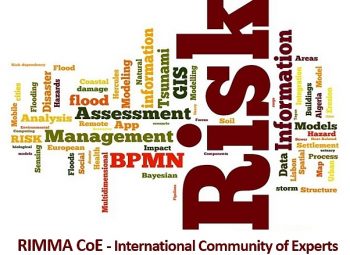Boosting Dataset Comparability
Improving long-term disaster recovery research in Australia through boosting dataset comparability
Emergencies and disasters are increasing in frequency and complexity in Australia and around the world.1 It is well established that the effects of these events take a long time to recover from. There is strong and growing evidence to show that different segments of society are exposed to disasters in different ways, with people and communities affected in interconnected and compounding ways.
“Despite knowing that the consequences of disruptive events can be pervasive and long lasting, Australia lacks a consistent approach in the way it collects data and analyses information about the medium and long-term effects and rates of recovery.
In addition to a lack of long-term recovery data, Australia has no unified approach to how disaster experiences are measured and how data is captured. This limits the ability of data to inform research, practice and policy by making it difficult to compare datasets between disaster recovery studies as well as other sources of population-level data (e.g. general social surveys). This presents difficulties for communities, policy makers and practitioners to draw on evidence to make decisions.”
Australian Journal of Emergency Management AJEM
Volume 39, No. 2, April 2024
https://knowledge.aidr.org.au/resources/ajem-april-2024-improving-long-term-disaster-recovery-research-in-australia-through-boosting-dataset-comparability/
